A Neighbor Named Adolf
In a new memoir, Edgar Feuchtwanger chronicles his 10 years of living across the street from the man who became the modern definition of evil.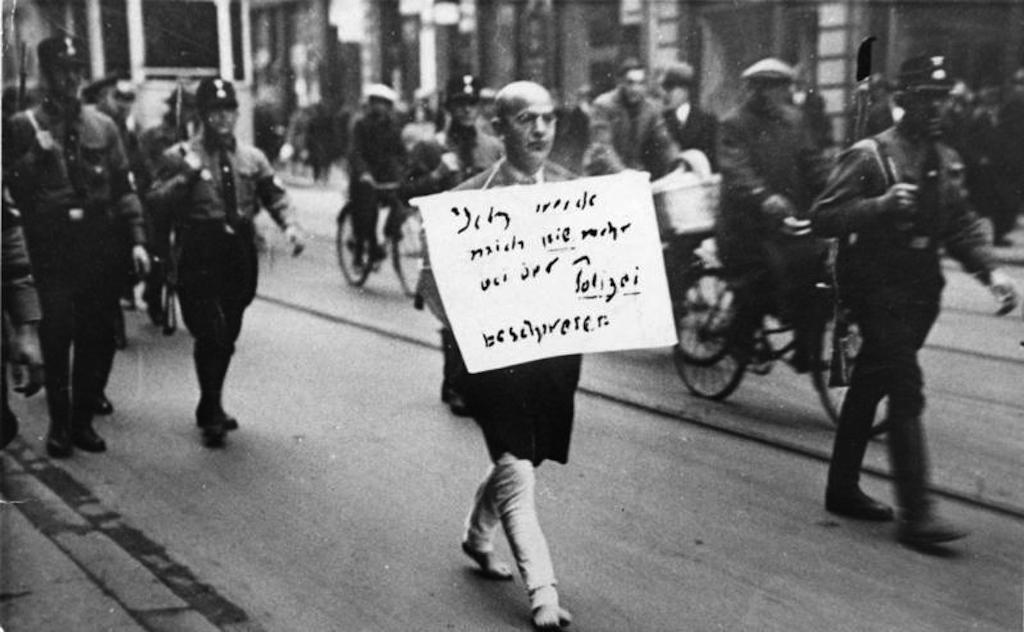 Jewish lawyer Dr. Michael Siegel—the father of Edgar Feuchtwanger's friend Beate—was forced to walk the streets of Munich barefoot in March 1933 while holding a sign reading "I will never again complain to the police." Siegel was one of the first victims of the brownshirts' fascist terror campaign in Germany after filing a complaint against the unwarranted and unauthorized arrest of his client, the owner of a prominent Munich department store. This photo became known worldwide as a shameful document of Nazi thugs. (German Federal Archives / Wikimedia)
Jewish lawyer Dr. Michael Siegel—the father of Edgar Feuchtwanger's friend Beate—was forced to walk the streets of Munich barefoot in March 1933 while holding a sign reading "I will never again complain to the police." Siegel was one of the first victims of the brownshirts' fascist terror campaign in Germany after filing a complaint against the unwarranted and unauthorized arrest of his client, the owner of a prominent Munich department store. This photo became known worldwide as a shameful document of Nazi thugs. (German Federal Archives / Wikimedia)
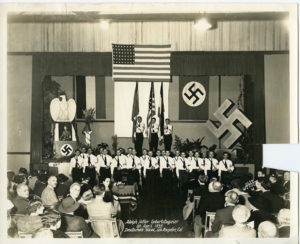 Photo Essay
Nazis in Los Angeles
Photo Essay
Nazis in Los Angeles
View Liesl Bradner’s accompanying photo essay on Nazis in Los Angeles in the 1930s.
Every kid has a childhood story of a creepy old neighbor next door. Just imagine that that neighbor is Adolf Hitler.
This was a reality for Edgar Feuchtwanger, who was 5 years old when he first laid eyes on the future führer. The now 93-year-old chronicles his 10 years of living across the street from a man who would become the modern definition of evil in his new memoir, “Hitler, My Neighbor: Memories of a Jewish Childhood, 1929-1939.”
Told from the viewpoint of a young Jewish-German boy, Feuchtwanger offers a unique and singular perspective. Feuchtwanger, who lived two doors down from Hitler for a decade, documents the years leading up to World War II and the repercussions it had on him and his family.
In 1929, with his popularity on the rise, Hitler took up residence at Prinzregentenplatz 16, a luxurious, nine-room, private flat in Munich visible from young Edgar’s window. One day, while walking down the sidewalk with his German nanny, Rosie, Edgar saw Hitler being shuttled into his Mercedes. Feuchtwanger writes about being close enough to see “a cut from shaving, his nose and ear hairs and his steel blue eyes.”
An only child growing up in a political and literary family, Feuchtwanger learned about current events by eavesdropping on his parents’ and their friends’ conversations. His uncle was prominent novelist and playwright Lion Feuchtwanger. His father, Ludwig, was a lawyer and writer who worked with such authors as Thomas Mann. Yet despite Ludwig’s intelligence and the sturmabteilung (brownshirts) roaming the streets, he wasn’t worried, believing that “no one wants a dictatorship.”
In the aftermath of the 1938 Kristallnacht pogrom, Edgar’s father was arrested and imprisoned at Dachau but managed to escape and make his way to England, where he was reunited with his family.
Around the same time Edgar was watching his neighbor’s radical rise to dictatorship, across the Atlantic, groups of Nazi agents and German sympathizers were plotting to take over Los Angeles, ridding the town of Jews.
With the rise of white supremacy, blatant racism and neo-Nazi marches resurfacing in towns across the country, it’s not hard to imagine Nazi stormtroopers goose-stepping down the suburban streets of Los Angeles.

Purchase in the Truthdig Bazaar
That’s just what happened in the 1930s. The German American Bund, the American arm of the Nazi party, staged rallies and meetings filled with swastikas displayed next to red, white and blue American flags.
The majority of Americans paid little or no attention to the German meetings and flyers that peppered the city. They were more concerned with surviving the Great Depression than with fighting Nazism. The lack of interest also could be attributed to the fact that the 1930s were the most anti-Semitic period in the U.S., rife with racism against Jews, Catholics and African-Americans. This would explain how Camp Sutter, a Nazi summer training camp at Los Angeles County’s Crescenta Valley Community Regional Park—in a portion of the park known as Hindenburg Park at the time—was able to recruit children in broad daylight, and why locals didn’t seem to resist when 6,000 German-Americans celebrated the start of the war by raising a swastika statue in the same park. Their long-term plans: to seize control of the government and launch armed revolts and uprisings against Jews.
Two recent books divulge this little-known period of escalating Nazism in the years leading up to World War II. “Hitler in Los Angeles: How Jews Foiled Nazi Plots Against Hollywood and America,” by University of Southern California history professor Steven Ross (see Truthdig’s review here), and “Hollywood Spies: The Undercover Surveillance of Nazis in Los Angeles,” by Laura Rosenzweig (New York University Press), uncover the incredible true story of Jewish spy rings formed to thwart the Nazis’ nefarious plans. Both books prominently feature unassuming Jewish attorney-turned-spymaster Leon Lewis and his clandestine efforts to expose the Nazi movement and American-born fascist groups in Los Angeles.
A World War I veteran and former director of the Anti-Defamation League, Lewis recruited a small but shrewd network of spies composed of World War I veterans and their spouses. Disgruntled and feeling betrayed by the U.S. government’s cuts in disability payments, veterans made perfect undercover agents but also were vulnerable to Nazi recruiters. Lewis used this fact as a perfect foil for his informants to infiltrate Nazi hangouts.
The 44-year-old Lewis became an advocate for veterans rights while working for the War Risk Bureau. After the war, he monitored the foreign press, tracing the rise of anti-Semitism and fascism in Europe.
With the FBI focused on the communist threat and local police on the Ku Klux Klan, Lewis, along with his team of spies, took it upon himself to root out un-American groups and collect proof of Nazis in L.A. before letting the FBI take over.
Los Angeles was an important target for the Nazis in the early 1930s because it was home to Hollywood, “the world’s greatest propaganda machine,” according to Joseph Goebbels, Hitler’s minister of propaganda. Hitler considered Hollywood the most dangerous town in America due to the reign of Jewish moguls over the motion picture industry. “The cinematic image has far greater possibilities for propaganda than the written word,” Hitler wrote in “Mein Kampf.”
Rosenzweig began writing “Hollywood Spies” as her dissertation 10 years ago. She discloses the undercover surveillance of Nazis in Los Angeles funded by the most powerful figures in the film industry. Believing the authorities would not trust findings coming directly from them, these uber-wealthy moguls filtered money through the Los Angeles Jewish Community Committee. Not only did they secretly finance Lewis’ spy ring, they also paid private investigators to infiltrate Nazi and fascist organizations in the area, such as the Silver Shirts, American Warriors, American Nationalist Party and the KKK.
Nefarious plots were planned. They included sabotaging local military installations, gunning down Jews in Boyle Heights and, most disturbing, hanging 20 prominent movie stars and executives, such as Charlie Chaplin, Al Jolson, Eddie Cantor, Jack Benny and Sam Goldwyn. Nazis infiltrated Jewish studios as extras to disrupt films considered anti-German. Due to the resolve of Lewis and Hollywood backers, none of their plans came to fruition. After the Japanese bombed Pearl Harbor, the government took action and rounded up the Nazis and fascist organizations, marking an end to Lewis’ surveillance.
Were it not for Lewis and his spies, Los Angeles might have become a very different town.
On Spies
At a recent lecture at Temple Emanuel of Beverly Hills, author Steven Ross sat down with Ben Macintyre, best-selling author of fantastic true tales of World War II British espionage. Like Ross’ discovery of Lewis’ spy ring, many of Macintyre’s incredible stories weren’t disclosed until decades after World War II. Main characters were either inconspicuous civilians or misfits and criminals who somehow found their calling as double agents.
As Macintyre chatted about how he learned of these people’s secret missions, he brought up the topic of historical documents. In the past, we had scribbled notes on torn paper, diaries and tactile documents to uncover and peruse. But with everything now digitized and the originals sometimes destroyed, how will personal secrets and shady deeds be exposed?
Lewis destroyed some of his documents, fearing the Nazis were getting close. Luckily, the majority of papers documenting the activities of Nazis and fascists in Los Angeles and the existence of a Jewish spy ring were discovered 80 years later. The documents now are archived at the Delmar T. Oviatt Library at California State University, Northridge.
Independent journalism is under threat and overshadowed by heavily funded mainstream media.
You can help level the playing field. Become a member.
Your tax-deductible contribution keeps us digging beneath the headlines to give you thought-provoking, investigative reporting and analysis that unearths what's really happening- without compromise.
Give today to support our courageous, independent journalists.
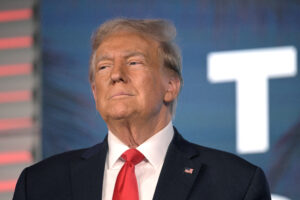
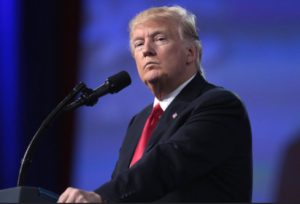
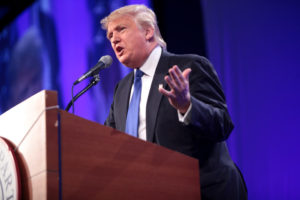
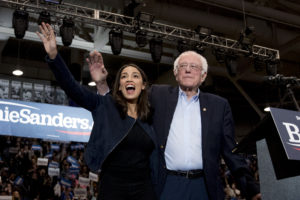
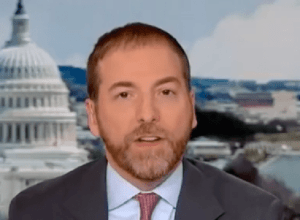
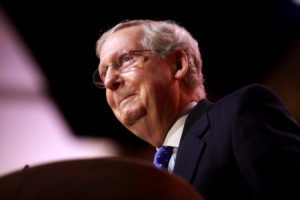
You need to be a supporter to comment.
There are currently no responses to this article.
Be the first to respond.